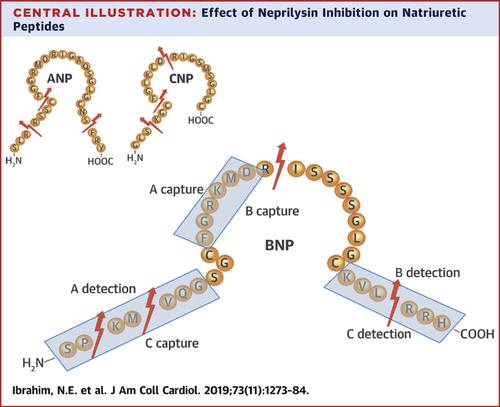
Day 4 on service @MGHHeartHealth. 4 thoughts on beta blockers.
Don’t worry @AndrewJSauer, MRA are coming tomorrow.
@cardiojaydoc02 @AHajduczok
Don’t worry @AndrewJSauer, MRA are coming tomorrow.
@cardiojaydoc02 @AHajduczok
One: begin your target BB at the start. I don’t know how the culture of starting short acting metoprolol “for titration” came from but it’s not supported by any science, uses a drug that failed in the MDC trial, and may actually be harder to titrate due to on/off effects.
Two: if you use carvedilol, scan the med list for other alpha blockers and d/c them. Carvedilol has alpha blocking effects, so if you d/c the other it’s likely to “buy” more BP, and won’t be noticed. Remember—tamsulosin (used for BPH) is an alpha blocker…
Three: more than any other #GDMTworks, BB are very strongly dependent on reaching target doses for their benefits.
In your discharge summary, always provide a battle plan for how the drug should be titrated including what the target those should be.
In your discharge summary, always provide a battle plan for how the drug should be titrated including what the target those should be.
Four: all of this is for heart failure with reduced ejection fraction.
The flip-side is that in patients with heart failure and preserved ejection fraction, BB may worsen exercise tolerance, and might actually be discontinued in some.
Individualize your care!
#GDMTworks
The flip-side is that in patients with heart failure and preserved ejection fraction, BB may worsen exercise tolerance, and might actually be discontinued in some.
Individualize your care!
#GDMTworks
• • •
Missing some Tweet in this thread? You can try to
force a refresh









